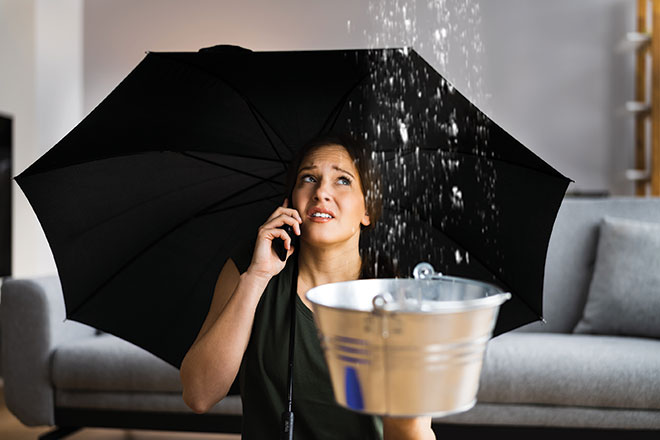I often hear people say it could never flood where they are, but I have learned to never say never. Areas that never flooded before have been taking on water due to nearby developments or natural or manmade changes in the geographic area. Even if you don’t think you’re at risk, preparation is just as critical as with other types of exposures.
Flood damage typically is not covered by your business property insurance, homeowners or renters insurance. FEMA and many private companies offer specialized flood insurance programs to assist with repairs and replacement of your structure or its contents due to rising water damage. Depending on your proximity to a water source like a river or tidal waters, your rate could be high unless you mitigate the possibility of damage.
When you use venting to allow water to pass through the foundation or ground floor, you reduce the possibility of structural damage by relieving hydrostatic water pressure. Elevated structures and elevated home equipment, such as air conditioners and generators, are more protected from rising water. Land grading, storm drains and cleared gutters help to divert water from around your structure.
Flooding will cause emotional stress along with physical hazards, so be mindful of your well-being and your family’s during the aftermath. Oil, gasoline or sewage often contaminate floodwater, so avoid contact as much as possible. Make sure your city’s water supply is safe to drink; boil orders may be issued.
If you don’t have flood insurance, contact a local agent to obtain it, as there are waiting periods before coverage becomes effective. Plan ahead, and never let your insurance coverage lapse. There are penalties for losing your coverage, and your rate could increase by thousands per year.
I recently assisted someone who had lost coverage. This person had been paying $900, and now, the rate is over $3,000 for the same coverage level. The flood insurance premium is based on your specific property, including the distance from a body of water, the type and frequency of historical flooding in your area, the elevation of the lowest floor of your structure and the estimated replacement cost of your building. Each building must be insured separately in most cases.
Flooding is one of the most common hazards in the United States. Being prepared for any emergency is crucial for safety, so don’t be caught off guard!



